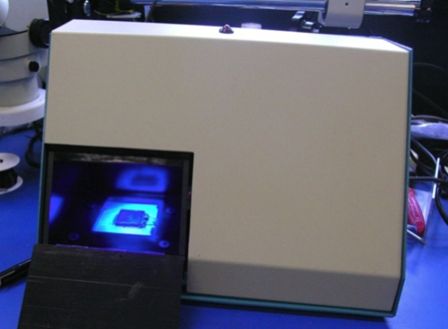The only time most of us hear about Escherichia coli (E. coli) is when there is an outbreak. What you should know is this bacterium is found in the environment, foods and the intestines of people and animals. The vast majority of E. coli bacteria are harmless, but some of them can be dangerous, especially for individuals with a weakened immune system, the very young and the elderly. When there is an outbreak, identifying which type of E. coli is responsible allows healthcare providers to use the best therapy for treating the particular strain.
With almost 50 million people getting some form of food contaminated ailment each and every year in the US, identifying the potential pathogens before they contaminate the food will go a long way in saving lives and ensuring the safety of the food supply.
Scientists at the University of Alberta have developed a technique for detecting the E. coli bacteria within an hour. The testing methodology used with this technology is faster, easier, more sensitive at picking the particular strains of the bacteria and is cheaper than current testing methods.
The machine, which is the size of a shoebox, is being used in meat processing plants to detect the presence of the bacteria while it is still in the plant. It uses a technology that was adapted to detect pathogens of different diseases.

The entire system is designed so anyone can use it and get accurate results for the specimen. A testing unit about one square inch is placed in the machine and the user pushes a button. The result is available in less than one hour after making millions of copies of the genes. Making this number of copies allows the machine to detect even if the bacteria are only present in very low numbers. In the past the bacteria had to be grown in laboratories, which took a lot of time and resource.
"It’s like a molecular Xerox machine. It’s an exciting application that allows us to test for E. coli toxins and genes that allow bacteria to stick to meat,” said Medicine & Dentistry researcher Linda Pilarski. “The current tests used in the food processing industry have issues and sometimes don’t detect contaminants as effectively as they should due to a variety of complicating factors. This relatively new molecular technology will be much more efficient and much less subject to complications."
The researchers hope to use the technology for detecting other types of food-borne pathogens responsible for the loss of life and tens of millions of dollars every year in discarded food products.
Edited by
Alisen Downey